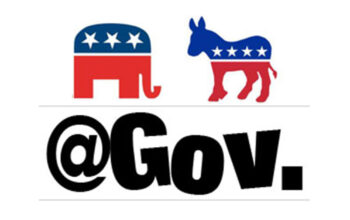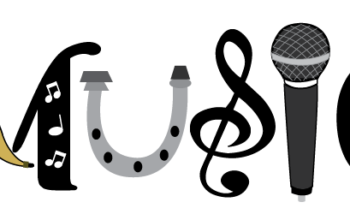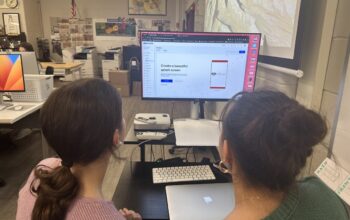Reilly O’Neill
@roneillcourant
The events of February 14, 2018 at Marjory Stoneman Douglas High School have sparked an uprising of young people, and on March 24 at the national March for our Lives, people around the country rallied together to make their voices heard. Students from Parkland made the trek from Florida to our nation’s capital to join other impassioned young people who were also delivering their messages of progress and “Never Again.”
At the March In DC, an important thread was seen in the messages being broadcast: rally and fight, but don’t leave your intersectionality at the door.
What intersectionality is
Intersectionality is defined as “the interconnected nature of social categorizations such as race, class, and gender as they apply to a given individual or group, regarded as creating overlapping and interdependent systems of discrimination or disadvantage.” What this means, essentially, is that things like racism and sexism are connected and intertwined. That is to say, you cannot be a feminist without acknowledging that racism forces black women farther down the social ladder than white women, or that the struggles between transgender women of color and cisgender women of color are also different but valid.
Gun violence and Women of Color
At the event, one of the most inspiring speech was delivered by 11-year-old Naomi Wadler, who led the walkout at her school in Virginia. With more poise and eloquence than I’ve ever had in my life, she pointedly discussed how she was “here to acknowledge and represent the African-American girls whose stories don’t make the front page of every national newspaper, whose stories don’t lead on the evening news.” This amazing statement points out how the stories of young people of color, especially young black women, are ignored or forgotten in the wider fight for gun control.
Another young activist, David Hogg, a student at Stoneman Douglas, spoke about a similar issue recently in a Twitter interview, speaking about the racial disparities in the way the media covers tragedy, another important example of intersectionality in action.
Mental Health and gun control
While I see unification of people from all different backgrounds, races, and classes coming together to fight for gun control and safer schools, the intersectionality is lacking majorly in one of the main arguments, involving gun control for specifically the mentally ill.
A point supported by liberal celebrities and teenagers alike, claims that if there was more access to mental healthcare, then “crazy people” wouldn’t kill en masse. While I definitely will always fight to end the stigma surrounding mental health and helping those struggling with it, this argument fails to acknowledge that people with mental illness are oftentimes victims themselves of gun violence, rather than perpetrators of it. This argument also ignores the fact that the demographic in America with the least amount of access to mental healthcare are black women, who are also the demographic least likely to be a school shooter.
Intersectionality is a tattoo, not a backpack
Now, I had some qualms about the national March for our Lives movement initially, but the demonstration of intersectionality at these rallies have assured me that the marginalized will not be forgotten in this fight.
What I need taken away from this, is that the fight for gun control is a fight to end violence against women, it is fighting to end violence against people of color, LGBT people, and people with mental illnesses. Gun control is not just about children in schools. Gun control is about keeping everyone from being a victim of gun violence. So go, debate solutions. Get creative. But don’t leave your intersectionality at the door.




